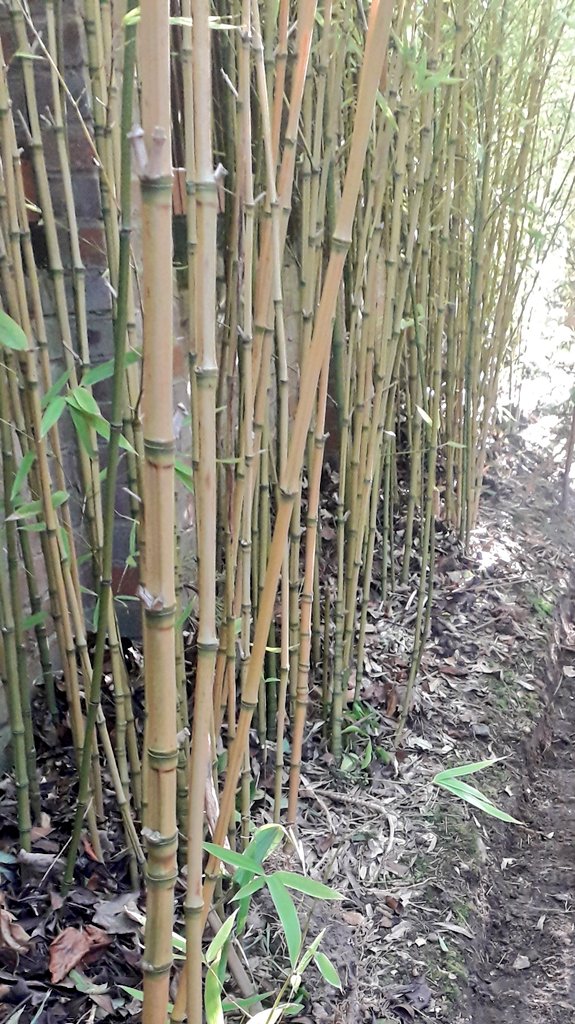Black bamboo plants are expensive compared to the other plants. For the success of the new plants, here is what you can do.
Check out the black bamboo plants for sale at Crocus.co.uk
How to grow black bamboo in pots?
(Read about how to choose the best pot for planting bamboo)
Here are the steps for growing the black running and clumping bamboo in the pots and containers.
- Select a good (open-top & stable) pot or container.
- Lay placeholders underneath the pot to stop it from wobbling.
- Put the pot planter into place.
- Lay the base of the pot with porous sheets, pebbles or gravel for drainage.
- Fill the pot with a 50/50 potting mixture or loam soil.
- Soak the bamboo before planting it in the pot.
- Add soil and compact it into the pot (leaving 10cm to 15cm space at the top)
- Add mulch.
- Water generously.
Check out this article for the guide to how to select the best pot and container plants.
The article puts into perspective why it is important to use the right pot plants and why you should follow each step above.
Re-potting black bamboo plants
The black bamboo plants will require to be moved into a bigger pot or into multiple pots. Either way, you will need additional help.
The plants that are grown in the pots with the small top and open bottom are going to be really hard to remove.
Therefore, it is important to choose a pot that has an open top, which is going to make your work easier when it comes to removing the plants from the pot for repotting.
To re-pot, firstly separate the plants into smaller segments (ideally 2 or 4 parts), then soak the segments in water and then plant them in pots or in the garden. Careful not to disturb any rooting and budding rhizomes.
This activity is best done in early Spring!
Select a site for growing black bamboo
When growing bamboo as a garden hedge or for screening an unsightly structure near the boundary, it is important to choose the site carefully.
There are three things you can do to stop the running black bamboo from invading other spaces.
- Use root barriers
- Build a raised structure
- Plant the bamboo 1 to 2 metres away from the boundary, patio, pavement and building.
Grow black bamboo in the garden
- Choose the site carefully.
- Dig a hole twice the size of the diameter and depth of the pot holding the plant.
- Soak the black bamboo in water before planting it.
- Add nutrient-rich soil and compost.
- Compact the soil into the ground.
- Add mulch.
- Water generously.
Fast-growing plants
The running bamboo (Phyllostachys nigra) and clumping bamboos (Black Pearl & Volcano) are fast-growing plants.
The new culms can grow up to 2cm per day or 60cm per month. The former is a tall arching plant, whereas the two clumping black bamboo plants will grow to 4m or less.


